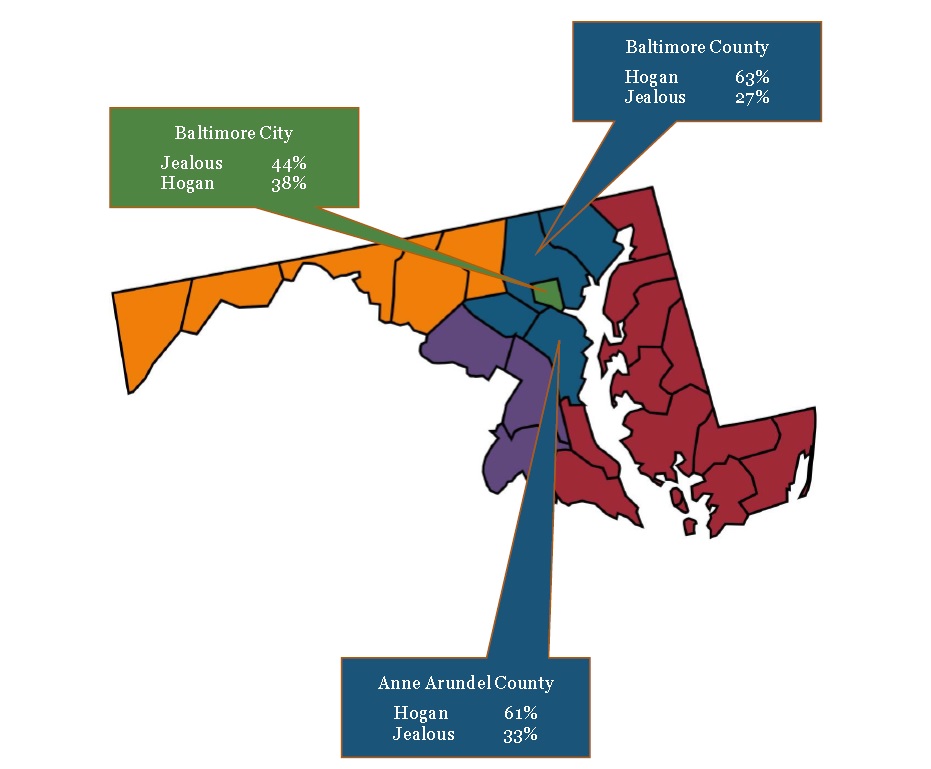By Megan Poinski and Len Lazarick
Megan@MarylandReporter.com and Len@MarylandReporter.com
Most of the 13 candidates running for statewide offices this year have pretty routine financial assets, according to their most recent disclosure forms.
The forms, which candidates and elected officials must file with the State Ethics Commission, detail the sources of income, property, stock and corporate interests held by candidates and their immediate family members. They also require candidates and officials to list their debts and gifts.
MarylandReporter.com is publishing the full 2009 financial disclosure statements of candidates for governor, lieutenant governor, comptroller and attorney general on the web for the first time. Under state law, the forms are public records, but can only be viewed in person – not online. MarylandReporter.com went to the Ethics Commission office and purchased copies of the forms, which ranged from 10 to 38 pages, paying a total bill of $55.40. The full documents were then scanned, and are available for viewing at the bottom of this page. (For more on the documents’ accessibility, click here.)
Only Mary Kane, Republican nominee for lieutenant governor, could be described as “rich,” based on her husband’s assets. Kane is married to John Kane, president and CEO of The Kane Company – a moving and storage company which has done business with 32 state entities – and is a part owner of that private firm.
John Kane also owns a $5.1 million commercial property in Lanham, and the couple bought a $1.9 million home in Potomac eight years ago. The 9,500-square-foot brick home on two acres is currently assessed for $2.8 million.
Surprisingly, Mary Kane is still paying off her student loans from law school at Catholic University of America, but they only carry 3.75% in interest charges.
Kane is not the only candidate who could be described as real-estate rich. Democratic Attorney General Douglas Gansler, running unopposed, paid more than $1 million in 2004 for the Bethesda home where lives with his wife, an author and attorney for the Financial Industry Regulatory Authority. The home is worth $1.65 million today, state assessors say.
Meanwhile, Democratic Comptroller Peter Franchot’s vacation home in Orleans, Mass., was purchased in 2004 for a sum between $750,000 and $999,999. The leisure home cost at least three times as much as the Takoma Park residence where he and his wife – a partner at DC law firm Kleinfield Kaplan & Becker – live. Franchot bought his residence in 1986.
Gov. Martin O’Malley and his wife, District Court Judge Catherine Curran O’Malley, listed no property interests, since they sold their Baltimore home in 2007 after his election. But an 18-page chart detailed the 196 gifts he received last year in his official capacity – most of them books. He handed most of the gifts over to the state, aside from some cookies, hats, T-shirts, wine and a bottle of Irish whiskey.
Gansler, on the other hand, is not terribly “gifted.” He recorded just one — a meal and beverage worth $23.29 from law firm and lobbyists at Rifkin Livingston Levitan & Silver.
Candidates and officials also listed information on their stocks and other financial holdings. Some have very diversified portfolios. Republican former governor Bob Ehrlich’s financial statements show that he owns 16,000 shares of municipal bonds.
The forms are supposed to be complete and accurate. But there’s no telling what may have been omitted by accident or on purpose. Sen. Ulysses Currie, former chairman of the Budget and Taxation Committee, ran afoul of both federal and state prosecutors when he failed to report income from his work as a consultant for Shoppers Food Warehouse. He was indicted for using his office to help the company, and executives there have pleaded guilty to giving him a bribe.
These disclosure forms were not the only financial records available this election season. In August, Ehrlich and O’Malley also voluntarily let reporters see their income tax returns for the last four years – never before done in a state election – but no copies, scans or photos could be made.




Recent Comments